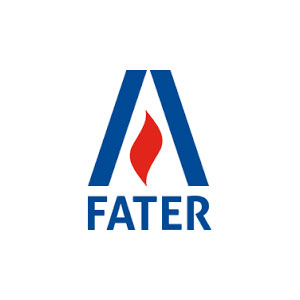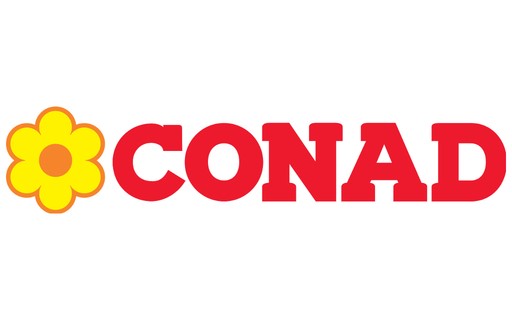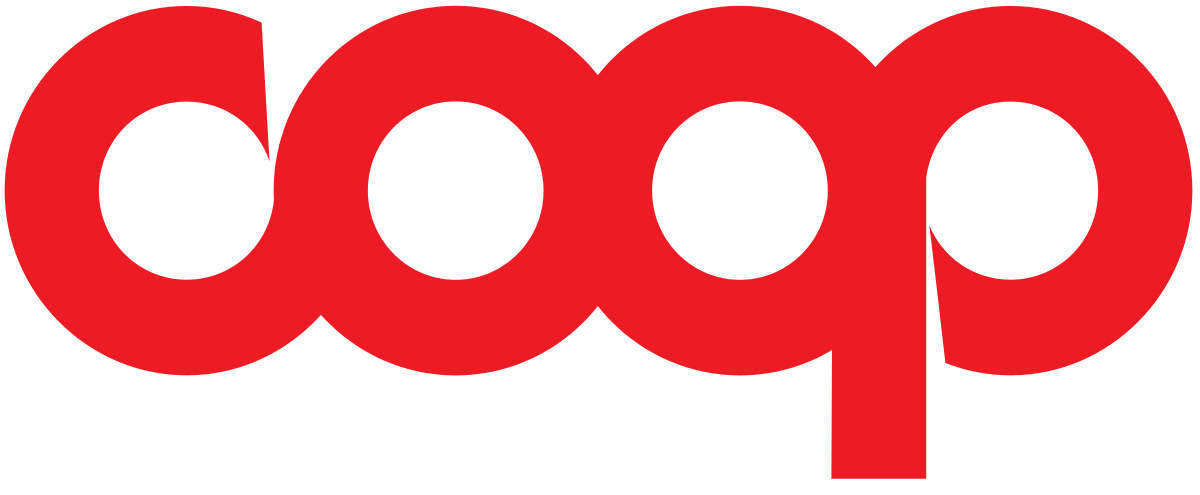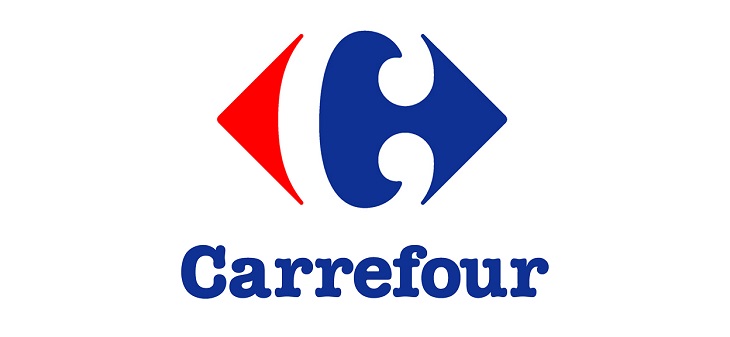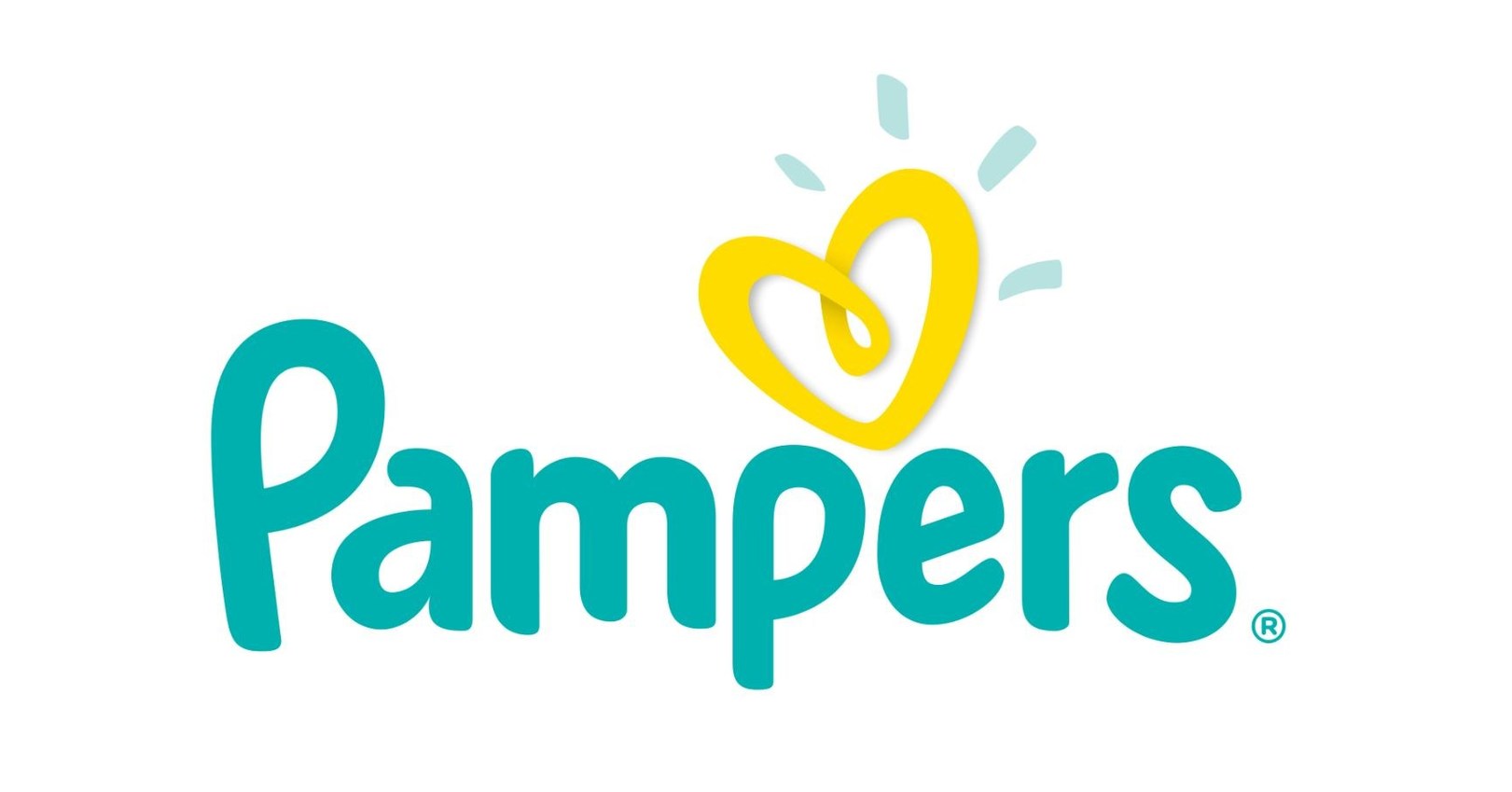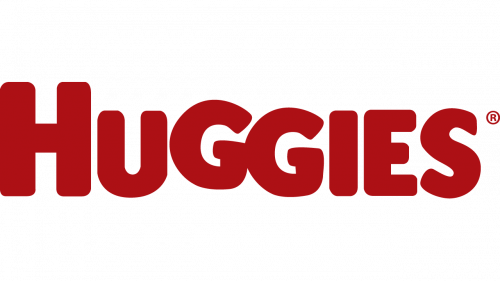Sintesi
The global baby diaper market was valued at $82.59 billion in 2022 and is expected to reach $121 billion by 2030. Demand for sustainable products has driven growth in the biodegradable diaper segment; this market was worth $3.6 billion in 2021 and is expected to grow at a CAGR of 9.8%, potentially reaching $6.3 billion by 2028. Despite this global growth, the Italian baby diaper market has been contracting, with the production value of diapers sold declining by 59.6% between 2017 and 2022, and the number of annual births falling by 13.6% over the same period. However, between 2018 and 2022, the production value sold increased by 21.1%, suggesting some recovery.
The consumer price index for baby diapers in Italy rose by 11.8% between January 2022 and August 2023, while a 5% reduction in VAT implemented in January 2023 led to a 4.9% drop in prices between December 2022 and March 2023. Despite an increase in producer prices of 14.8% compared to January 2022 and 24.3% compared to 2015, there was a 10-point drop between December 2022 and August 2023.
Trends and dynamics in the Italian baby diapers market
In the complex landscape of the Italian baby diapers market, recent demographic and social changes have left a distinct mark. While the production value of diapers has plummeted - by almost 60% between 2017 and 2022, in tandem with a contraction of around 14% in annual births - the market is far from stagnant. Changing preferences in favor of quality over quantity have steered the market towards innovative, high-quality products that meet the needs of an increasingly older population of new parents, with the average age of new mothers reaching around 32.
The Italian baby diaper market, which has carved out a place for itself in the broader spectrum of global trends, has proved promising, with a market value approaching $83 billion in 2022, and projections estimate that it could reach around $121 billion by 2030. The catalyst for this remarkable growth trajectory, with an average annual growth rate of almost 5%, is the burgeoning affinity for environmentally-friendly products. In Italy, the debate between disposable and reusable diapers is gaining momentum. While disposable diapers dominate the industry, cloth diapers are increasingly attracting the attention of environmentally and financially conscious parents.
Cloth diapers represent an attractive alternative, with savings of up to 40% over disposables, not to mention the added benefit of being a more skin-friendly and sustainable choice. However, it's also essential to bear in mind that while the initial cost of cloth diapers is around 350 euros for a standard pack of 25, the financial appeal is complemented by the environmental benefit of a significant reduction in waste. The infant and baby diaper sector is subject to European Community Directive 2001/95/EC, which imposes a safety protocol guaranteeing minimal migration of chemicals to children's bodies. Other regulatory measures underline the commitment to recycling personal absorbent products, propelling a sustainable industrial movement and simultaneously aiming to recover up to 900,000 tons of waste per year. The varied selection of diapers available caters for diverse needs and includes environmentally-friendly disposable, washable and hypoallergenic options, with disposables naturally segmented into traditional and biodegradable diapers. The market is also expanding in terms of state aid and subsidies, as the government seeks to ease the tax burden.
In Italy's diverse and constantly evolving baby diaper market, a few outstanding organizations have made significant inroads and established themselves as market leaders. Although each of these players has unique offerings, they collectively represent a market that caters for a wide range of consumer preferences, from conventional disposable diapers to eco-friendly alternatives.
- Pampers: a household name Pampers, arguably the best-known brand in the baby diaper sector, offers an extensive range of products adapted to the different stages of a child's growth. Renowned for its comfort and absorbency, Pampers has been a trusted choice for parents for generations. The brand continues to innovate, with various ranges such as Pampers Progressi and Baby Dry, which promise to keep babies dry and comfortable.
- Huggies: The emphasis on softness Huggies is another major brand competing with Pampers. Focused on gentle skin protection, Huggies offers diapers designed to be as soft as a cuddle. They offer features such as soft absorbent liners and pocket belts that prevent leaks while ensuring baby's skin is well cared for.
- Mamila: committed to sustainable choices Mamila takes a unique position in the market by advocating sustainable development. With a more modest but determined presence, Mamila offers products such as Mamila Cotonini Classic and GreenBox, which focus on eco-friendly materials without compromising on the quality and convenience that modern parents seek.
- Charlie Banana: Champion of reuse Charlie Banana sets itself apart with its focus on reusable diapers, responding to the growing demand for sustainable, cost-effective diaper solutions. Their one-size reusable diapers are designed to be adjustable and comfortable, offering parents an alternative that is both environmentally friendly and conducive to long-term savings.
- Supermarket brands: Affordable, practical options Supermarkets such as Conad, Coop, Carrefour Italy and Lidl have launched their own baby diaper ranges. These brands offer parents affordable, economical options without the need for special trips to baby stores. With a variety of prices and pack sizes, these supermarket brands enable parents to choose the products that best suit their needs and lifestyles.
The presence of these major players underlines the diversity of the baby diapers market in Italy. From traditional brands like Pampers and Huggies to supermarket ranges and sustainable options from companies like Mamila and Charlie Banana, the Italian baby diapers market reflects a diverse consumer base.
per comprendere questo mercato
Dettaglio del contenuto
 Informazioni
Informazioni
- Pagine : 30 pags
- Formato : Versione PDF e digitale
- Ultimo aggiornamento : 16/10/2023
 Riepilogo ed estratti
Riepilogo ed estratti
1 Market summary
1.1 Definition and presentation
Diapers are an indispensable part of the kit for infants and toddlers from 0 to 2 or 3 years of age. They are used to absorb pee and feces, helping to keep them dry, preventing their skin from becoming irritated or red, and preventing odors from spreading.
Diapers are used in incontinence situations. They are hygiene items made to be worn directly on the body as underwear, given their absorbent properties. Two main types of consumers use diapers: infants and some elderly people with incontinence problems. Within the scope of this study, we will focus only on baby diapers.
The baby diaper market is thus a segment of the baby products industry that is undoubtedly being affected by the demographic and social changes taking place in Italy. The value of production sold of diapers is in sharp decline (-59.6% between 2017 and 2022). Over the same period, annual births are contracting by 13.6 percent.
In addition, more parents are deciding to have children at a more mature age in Italy. The average age of first mothers in 2022 is 32.2 [Istat]. This decision is mainly influenced by the greater degree of financial stability that can be achieved at an older age. The latter is a factor that is believed to dictate different purchasing choices, increasingly directed toward higher quality products.
Nevertheless, there are still many valuable opportunities in the market created by the mentioned premium trend, which mainly have to do with innovation and new technologies for baby diapers that will be, in the coming years, the main differentiators in this shrinking market. In addition, new trends such as the use of environmentally friendly or washable diapers also present interesting investment and business opportunities.
1.2 The global market for baby diapers
In ****, the global baby diaper market is worth $**.** billion. By ****, the market value could touch $*** billion thanks to a compound annual growth rate (***) of *.* percent between **** and ****.
Turnover of the baby diaper industry World, ****-****, in billions of dollars Source: Grand View Research The growing global focus on sustainable products with ...
1.3 The Italian baby diaper market
In order to analyze the Italian baby diaper market, the turnover related to Ateco Code **.**, specifically for "manufacture of sanitary and household products made of paper and cellulose wadding," is considered. In addition, the trend in the value of production sold of baby and incontinence diapers is analyzed, highlighting the relationship ...
1.4 The consequences of the Russian-Ukrainian conflict
The outbreak of the Russian-Ukrainian conflict in February **** resulted in, among other things, a general increase in the consumer price index. Consequently, in the absence of data, an increase in prices for baby diapers is also conceivable. The consumer price index rose **.* points between January **** and August ****. This signifies that over ...
2 Demand analysis
2.1 Overview of demand
The Italian baby diaper market, like its global counterpart, exhibits some interesting characteristics regarding demand for the product.
Regarding the expenditure incurred for the purchase of diapers, the available data outline a range between the minimum and maximum expenditure of Italian families. Between **** and ****, it is possible to see a reduction ...
2.2 Demand drivers
The demand for baby diapers is closely related to and moves in the same direction as some demographic indicators.
Births in Italy
The demand for baby diapers is strongly influenced by the number of births in the country and their evolution over time.
Number of births Italy, ****-****, in thousands of ...
2.3 Composition and geographical distribution of demand
Regarding the geographical distribution of demand, a map was created with the number of births in each Italian macro-region, assuming a correlation between this and the demand for diapers.
In ****, the Northwest collects **.* percent of the total number of births in Italy. This is followed by the South with **.*%, the Northeast ...
2.4 New demand trends: washable diapers
The growing interest in issues of environmental sustainability and waste reduction is also affecting the diaper industry. In fact, more and more families are deciding to change their disposable-based consumption habits toward the purchase of washable diapers. The trend is motivated by several reasons:
Environmental: using washable diapers is an environmentally ...
3 Market structure
3.1 Market structure
In order to analyze the market structure, enterprises under Ateco code **.** on "manufacture of sanitary and household products from paper and cellulose wadding" are considered. The number of enterprises, number of employees and legal form of activities are considered.
Number of enterprises
Between **** and ****, the number of enterprises collected under Ateco ...
3.2 The value chain
It is possible to divide the materials from which diapers are made into various categories according to their origin and according to their function:
Cotton: the most widely used fabric, inexpensive, soft, breathable, durable and dries fairly quickly. Inside washable diapers it is found in the form of cotton terry, chenille, ...
3.3 Distribution channels
For the purchase of diapers, families mainly turn to three distribution channels: large-scale retail trade (***), pharmacies and e-commerce.
Large-scale retail
The businesses it includes are: hypermarkets, supermarkets, discount grocery and convenience stores, and other miscellaneous non-specialized establishments, which generally consist of small non-specialized grocery stores
Large organized retail enterprises Italy, ****-****, ...
3.4 The main actors
Production
Pampers: established in ****, is a global diaper brand of Procter & Gamble, a leader in the disposable diaper industry, in Italy they have been produced and marketed since **** by Fater S.p.A.today, Pampers are produced in nearly ** manufacturing plants in ** countries and are available in more than *** countries worldwide. ...
4 Supply analysis
4.1 Composition of the offer
Many brands and different types of diapers can be found on the market: the most commonly used are disposable diapers and washable diapers. Both categories have specific characteristics and different materials.
To better understand the composition of the supply, it is important to understand what the differences are between disposable and ...
4.2 The prices
The following is a list of the main products available in the Italian market:
Subscriptions
4.3 Supply trends: The green alternative
Consumers are becoming more environmentally conscious every day, and ecological issues are playing an increasingly important role in their choices. In the Italian baby diaper market, this translates into different discussions and opinions on whether washable diapers, besides being the cheapest alternative, are actually the most environmentally friendly.
Here is a ...
5 Rules and regulations
5.1 Rules and regulations
Infant and baby diapers must comply with Directive ****/**/EC in order to be released for free circulation in the European Community.
Compliance of baby and toddler diapers, as well as changing tables and many other baby products, is governed by laws and regulations that do not require CE marking. These fall ...
5.2 Aid and subsidies from the state
In Italy there are several bonuses to help families cope with the expenses of bringing a child into the world.
INPS Birth Premium: equal to *** euros, it is granted to all mothers regardless of ISEE. It is disbursed by INPS in a lump sum, as a birth bonus: it is both ...
6 Positioning of actors
6.1 Segmentation
- FATER S.P.A.
- Conad
- Coop
- Carrefour Italia
- Pampers
- Huggies
 Grafica
Grafica
- Turnover of the baby diaper sector
- Evolution of the Size of the Market for Diapers
- Answer to the Question: Do you choose diapers on the basis of..?"
- Number of Births
- Average Age of First-time Mothers in Selected Years
Tutti i nostri studi sono disponibili online e in PDF
Ti invitiamo a consultare un esempio del nostro lavoro di studio su altri mercato!
Aziende citate in questo studio
Questo studio contiene un panorama completo di società di mercato con le ultime cifre e le notizie di ogni azienda :
 Perché Scegliere Questo Studio :
Perché Scegliere Questo Studio :
Accedi a più di 35 ore di lavoro
I nostri studi sono il risultato di oltre 35 ore di ricerca e analisi. L'uso dei nostri studi ti consente di dedicare più tempo e aggiungere valore ai tuoi progetti.
Approfitta di 6 anni di esperienza e oltre 1.500 studi settoriali già prodotti
La nostra competenza ci consente di produrre studi completi in tutti i settori, inclusi i mercati di nicchia o emergenti.
Il nostro know-how e la nostra metodologia ci consentono di produrre studi con un valore unico di denaro
Accedi a diverse migliaia di articoli e dati a pagamento
BusinessCoot ha accesso all'intera stampa economica a pagamento e ai database esclusivi per svolgere studi di mercato (+ 30.000 articoli privati e fonti).
Al fine di arricchire i nostri studi, i nostri analisti utilizzano anche indicatori Web (semrush, tendenze, ecc.) Per identificare le tendenze in un mercato e strategie aziendali. (Consulta le nostre fonti a pagamento)
Supporto garantito dopo l'acquisto
Una squadra dedicata al servizio post-vendita, per garantirti un alto livello di soddisfazione. +39 380 247 7810
Un formato digitale progettato per i nostri utenti
Accedi a un PDF ma anche una versione digitale per i nostri clienti. Questa versione consente di accedere a fonti, dati in formato Excel e grafica. Il contenuto dello studio può quindi essere facilmente recuperato e adattato per i tuoi supporti.
 Le nostre offerte :
Le nostre offerte :
the diaper market | Italy
- Quali sono i dati relativi alle dimensioni e alla crescita del mercato?
- Cosa sta influenzando l'andamento e l'evoluzione del mercato?
- Qual'è il posizionamento degli attori di mercato?
- Segmentazione e profilo delle aziende operanti nel mercato
- Dati e numeri da una molteplicità di fonti
Pacchetto di 5 studi (-15%) IT Italy
- 5 rapporti a 75,6 € IVA esclusa per studio da scegliere dal nostro catalogo italiano per 12 mesi
- Risparmiare il 15% sugli studi aggiuntivi acquistati
- Scegliere il rimborso del credito non utilizzato al termine dei 12 mesi (durata del pacchetto).
Consulta i termini e le condizioni del pack e del rimborso del credito non utilizzato.
- 16/10/2023 - Lo studio è stato completamente aggiornato da un analista Businesscoot. Oltre a questa revisione completa, sono state aggiunte informazioni sull'impatto degli ultimi avvenimenti politico-economici, sulle ultime tendenze della domanda e sui principali attori del mercato.





